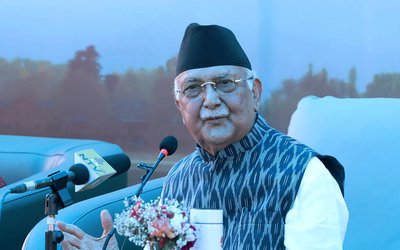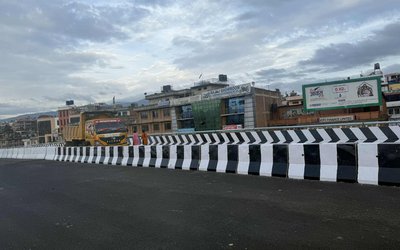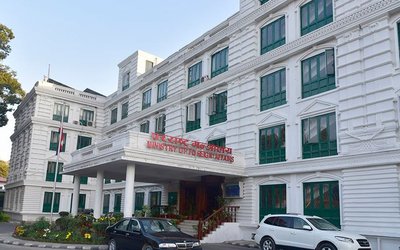More on News





The 456 MW Upper Tama-Kosi Hydropower Project proposed to be built by the NEA in remote part of the Himalaya is a very attractive project. Unfortunately, under present circumstances the implementation of this extremely large project could push the NEA further into deep financial difficulties. It also could not be completely ruled out that as a result of it even the economy of the entire country might be put in jeopardy.
Mini Upper Tama-Kosi Project
For quick relief from the present power shortage crisis relatively a much smaller alternative of the NEA proposed 456 MW Upper Tama-Kosi Project would be best suited for implementation in near future. The proposed alternative to NEA’s 456 MW project would involve insignificantly less risk of damages to structures at the time of glacier lakes outburst floods (GLOF). Similarly, the possibility of substantial drop in generation of electricity resulting from the seepage of water through the highly porous floor of the reservoir particularly in dry seasons , when the demand for electricity is the highest, would be almost totally avoided.
Considering the nature of the present demand for electricity in our country and also the vulnerability of main project structures, the installed capacity of the Upper Tama-Kosi Project must be limited to just over 100 MW. Even after such drastic reduction in installed capacity the total generation of electric energy during the dry season period would still be equal or even exceeding the generation by the NEA proposed 456 MW project despite the fact that the cost of such mini- project would be only about one third. As the demand for peaking energy grows in future the installed capacity could be raised with ease by providing additional structures.
Nature of Loadshedding
At present during the wet season months quite limited areas are affected by load-shedding lasting only for a very short period in the evening. Even such limited disruption in supply of power might have been to a certain extent the result of transmission lines congestion coupled with the NEA’s power purchase agreements biased in the IPP’s favour. One of the executives of the NEA Keshav Upadhyay has painfully written in the NEA Bulletin dated Falgun 2067 touching on the subject of power tariff “…energy rate of NEA plants would have further lowered but for stiff conditions in power purchase agreements like take or pay which forces the system operator to shut down NEA owned run-off-river plants…”. During the dry months the load-shedding is now reaching up to 16 hours a day. Even the midnight hours when the electricity demand is the lowest are not excluded from load-shedding. It is quite obvious that the NEA is now facing acute shortage of base load energy which could have been produced at exceptionally low cost. Thus, the NEA proposed Upper Tama-Kosi hydropower with a huge peaking capacity of 456 MW, which would be mostly generating high valued expensive peaking energy, could not be an appropriate project to resolve the present power shortage crisis.
The Mini Upper Tama-Kosi hydropower would be relatively a very small project which could be implemented within a short period to provide quick relief from the present severe load-shedding. The generated electricity would be very cheap and thus it might not be necessary to raise the electricity tariff within the coming few years.







